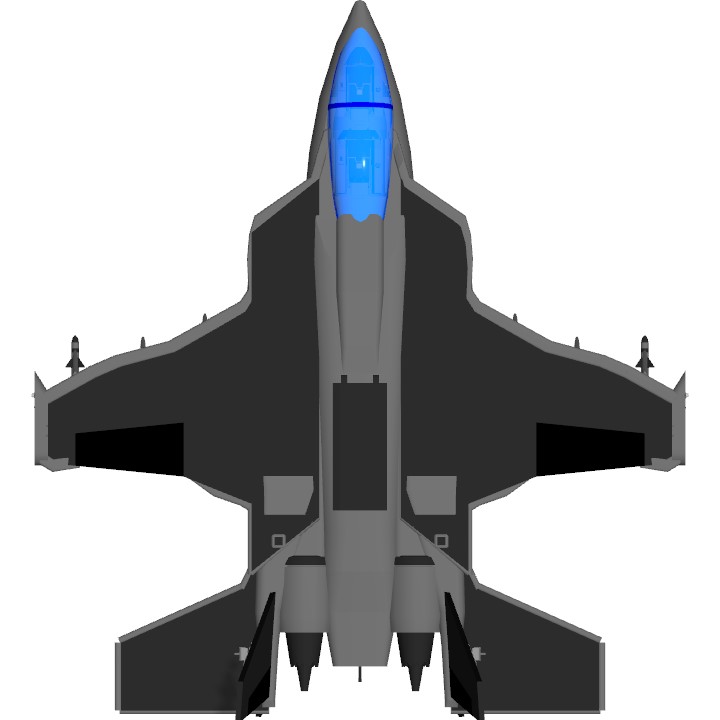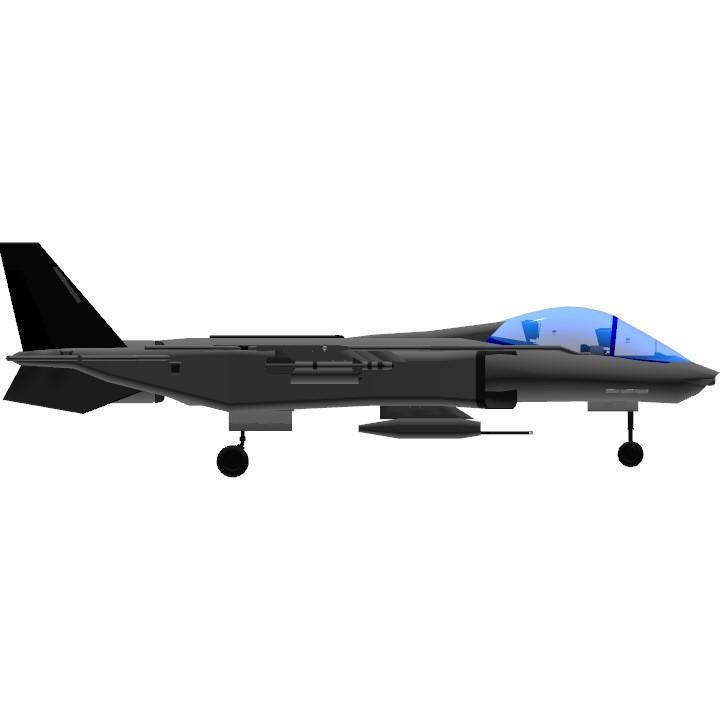
Form Nuclear Option
DESCRIPTION
Overview
An advanced jet trainer which is well suited for light combat duty, the T/A-30 is highly maneuverable at low to medium speeds and possesses forgiving flight characteristics. Particularly adept at low-altitude strike missions, the Compass features redundant control surfaces and twin engines to improve survivability.
Design
The T/A-30 Compass is a twin-engine, dual seat, advanced jet trainer, also used in the light attack and strike role. It features two turbofans under its extended wing roots, with swept wings designed for subsonic speeds. The engines do not have after-burners, so supersonic speeds can be reached only in a dive, using its large airbrake on the back to recover from the maneuver.
The large dual seat cockpit features identical controls and displays for front and rear position, in line with its initial training role. The canopy is split for the front and rear seats and hinges sideways in opposite directions. The avionics include a modern Tactical Screen Display, coupled to onboard systems such as the Radar / Missile Warning Systems and a powerful optical targeting camera. However, it lacks a radar, which is compensated with the addition of the Datalink System, enabling communication of data with other units on the battlefield.
The Compass has been extensively used in combat operations, able to carry up to 3200kg of air-to-air and air-to-ground weapons under its 6 underwings hardpoints. The aircraft does not include an onboard gun, but its internal weapon bay can be used to carry a powerful 25mm gunpod, or a selection of weapons in complement of its external hardpoints.
Considered as a light and inexpensive multi-role aircraft, its available arsenal has been expended to carry active radar and infrared air-to-air missiles, as well as guided air-to-ground munitions. It is very stable and easy to maneuver at high speeds and low altitude, making it an excellent strike aircraft.
Despite its age, subsonic speeds and lack of radar, its ability to drop a single GPO-N deep behind enemy lines makes the Compass a true Jack of all trades not to be neglected.
The real-world inspirations for the design of the Compass are the Textron AirLand Scorpion and the Yak-130.

A Compass taking off from City Airbase on a ground attack mission


Line drawings of the TA-30 Compass



Specifications
Spotlights
- ZealousKestrel 4 months ago
General Characteristics
- Created On Windows
- Wingspan 39.7ft (12.1m)
- Length 43.5ft (13.3m)
- Height 13.9ft (4.2m)
- Empty Weight N/A
- Loaded Weight 34,252lbs (15,536kg)
Performance
- Power/Weight Ratio 2.015
- Wing Loading 60.9lbs/ft2 (297.2kg/m2)
- Wing Area 562.6ft2 (52.3m2)
- Drag Points 7476
Parts
- Number of Parts 255
- Control Surfaces 4
- Performance Cost 1,113





@SumateraIndustries ty
WOW, IT'S VERY GOOD!!!